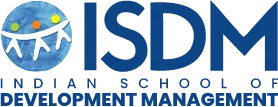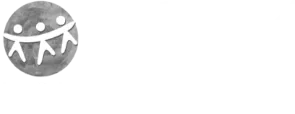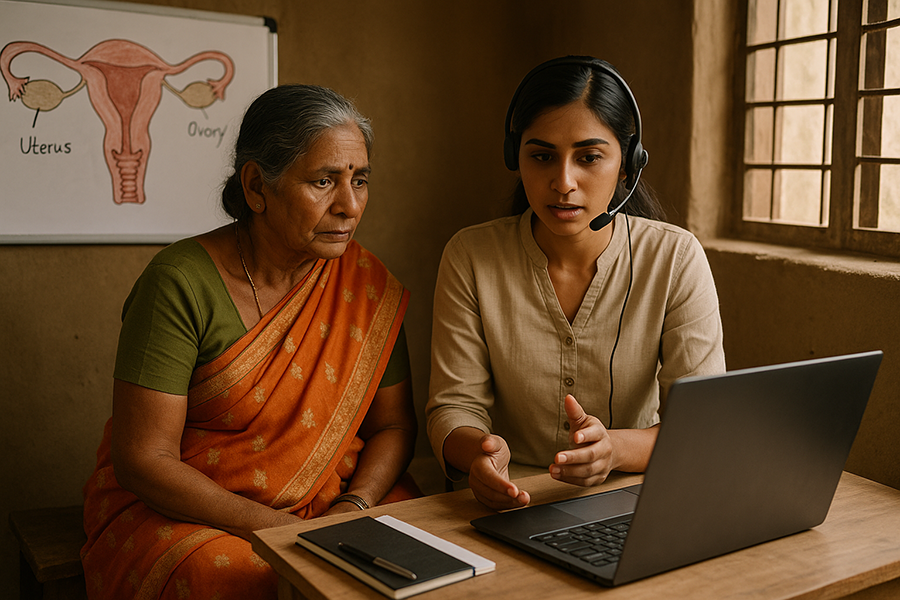The COVID 19 outbreak last year became a major disruption for colleges and universities across the country. From the sudden closure of classes during the early months of the year on account of the lockdown imposed by the central government in its initial response to the pandemic, to the gradual movement to Zoom and online classes, the past academic year has posed many challenges. These include overcoming hurdles of remote learning and pioneering pedagogic practices to ensure continued learning for its students as well as ensuring the health, safety and wellbeing[1] of its students, faculty and staff off-campus as well as on-campus.
ISDM’s former Programme Director, Post Graduate Programme-Development Management, JahnviAndharia’s blog recounts the institution’s journey in overcoming challenges of remote learning and pioneering pedagogic practices to ensure continued learning for its students.
In September 2020, nearly six months after the complete closure of schools and colleges in response to the COVID 19 outbreak, the central government relaxed several restrictions in the fourth phase of opening the economy and other services during the COVID 19 lockdown. Higher education institutions and office workspaces were expected to set up their own norms, in line with the central government’s guidelines if they wanted to restart their operations.
The present batch of the Post Graduate Programme (Development Management) at ISDM consists of an enthusiastic bunch of youngsters who chose to continue with the programme knowing that it would run online until the time government regulations allowed campuses to become operational for students. By the end of September, some of the students were keen to come to campus and attend classes while others wanted to have clarity on the risks involved before they travelled thousands of kilometres to the campus in NOIDA.
This came as good news for ISDM. It was an opportunity for some of us to have our first in-person interactions with students. However, for a curriculum that thrives on relationship-based education, ISDM educators needed to enable spaces that permitted students to engage with the rigour and commitment that the pedagogy demands.
Reimagining a pedagogic model for Hybrid classes
Hybrid classes are a combination of in-person as well as online classes. While the senior leadership and operations team at ISDM decided to have the campus “COVID- ready” by the end of October and began working towards establishing safety protocols in keeping with the rules and norms laid out by government authorities, the most critical area was to cater to the reality that some students would choose to come to campus while some would remain ‘online.’ This meant that we had to plan for a HYBRID teaching arrangement. For educators at ISDM, this not only meant a shift in the logistics of how teaching and learning processes will take place but also re-imagine pedagogical practices for learning through hybrid models.
- Creating a simulated-learning environment
The first step in this direction was to employ technological tools to enable group-related activities.The PGP DM programme at ISDM is the only one that involves Bricoleurs who bring together the learning experience of students, ensuring a process that encourages synthesis and making meaning from all that is imparted and absorbed. ‘Bricoleur’ comes from the French word ‘Bricolage’ which means to create something from a diverse range of things and at ISDM, Bricoleurs help interpret, integrate and co-learn the intertextuality of the theories and their applications to development.In addition, faculty members were encouraged to experiment with these new tools as well as methods of learning through technology. These included enabling discussions with faculty members and guest leacturers on-line as well as on-campus, carrying out group assignments using online discussion rooms and breakout sessions and the extensive use of case studies. - Enabling a vibrant student community
Students were encouraged to develop peer groups and participate in extracurricular activities organised by the Students’ Affairs Community. These involved organising online creative forums known asBaithaksinvolving students, faculty and staff members to enable active engagement on current issues such as the ongoing farmer protests and linking them to the curriculum in Development Management. - Conducting HOT (Honest Open Two-way) conversations
HOT conversation is a democratic forum at ISDM which has long set the culture of ISDM and the learning environment wherein the whole ISDM community comes together to discuss issues of governance, pedagogy, learning environment and culture. The HOT conversations were made online wherein the student body or any member of the ISDM team could call for an organisational meeting to discuss burning issues. Proactive involvement of ISDM leadership in discussing some of the core issues related to pandemic in these hot conversations like student engagement, campus affairs, learning experience, and overall format of the hybrid learning model. - Enabling Feedback Loops
Anonymous feedback loops were established by ISDM to record feedback on the curriculum, pedagogy and learning methods for students, faculty as well as the staff to continue improving the new system.The simulated learning environment through online platforms for the Intervention Design term, a critical segment that serves as a unique and enriching opportunity to test and hone their knowledge and skills in a real context over a few weeks. Student groups are allotted a specific district in the country and the exercise involves them understanding the district, identifying a critical problem, and applying systems thinking to simulate intervention design. Interactions with organisational leaders and practitioners from the districts of study of the students were carried out through a combination of phone and online tools offered by Google and Zoom.While the pedagogic shifts set the tone for the HYBRID model of education at ISDM, ISDM leadership actively engaged in enabling a smooth transition to a COVID safe campus for all students and ISDM team members who preferred being on campus during this time.
How to design a COVID-19 Free Campus
This began with putting a lot of thought into arranging the seating, managing common spaces and utilities to ensure the maintenance of adequate physical distancing. All necessary measures such as regular sanitisation of workspaces, placement of hand sanitizers at several points in the campus, and temperature checks at entry points and random checks during the day, were planned in keeping with the rules and norms laid out by the state government. In keeping with the norms, students were given the option to come to campus or continue the online classes. Those who came in signed a declaration in keeping with guidelines laid down by the state health authorities.
Majlis, the ISDM classroom on the 6th floor which held 78 students in the previous year, could easily hold benches and chairs for 37 students. The modular furniture was just perfect to ensure that each student’s seating could be arranged at a safe distance. Two high- quality ceiling cameras helped to ensure that the entire classroom could be covered both from the front end as well as the rear end. The teams worked towards synchronising three critical elements – the sound system, the cameras, and the projector and went through two rounds of test runs to ensure that everything worked well.
While only eight out of the 37 students decided to come to campus at the beginning of term 3, the academic team set up a roster to come to campus on different days, while two of the Programme Associates came daily.
Notwithstanding the technical challenges that came up initially, the direct connection with students physically present in class was energising for both the academic team as well as for the students themselves. The chatter during breaks, small group conversations in the ‘physical classroom’ that continued after the zoom class ended were fun. A coffee tea vending machine was installed so that students wouldn’t have to go out and expose themselves during break time and the library was set up with a special chamber to sanitise all the returned books or books used by students for reference reading.
The academic team also set up a COVID response committee with students as its members to work out what would be required to help all those who came on campus to practice all the regulations and protocols. Posters with the right messages for the lifts, common spaces were designed and put up.
ISDM also drafted a set of guidelines and protocols to be followed by staff, faculty and students present on campus.
This was followed by extensive engagement and development of standardised protocols on virtual learning and teaching, for students and faculty respectively.
Way forward:
We all know that we have to brace ourselves for a long haul as we navigate through the pandemic. The past year has laid the groundwork for what seems to be the norm for some part of 2021 and is likely to continue in some form in the post-COVID future. However, as an organisation ISDM seeks to build possibilities for a better world through development management and leadership. Reopening the campus is a step in that direction where students and staff together support one another to create a safe, health space that creates a supportive resilient community of practitioners.
[1]ISDM is a member of the Higher Education Initiative (HEI) of the ‘The Wellbeing Project’ and is involved in contributing towards building institutional and pedagogical prototypes of how higher education initiatives can cultivate a culture that is more human-centered and grounded in foundational values of equity and compassion. The learning pedagogy at ISDM seeks to unlock the extraordinary potential of collaborative learning and innovation to address the complex challenges that the Indian social sector is engaging with. Read more here:https://www.isdm.org.in/wellbeing-heis.




